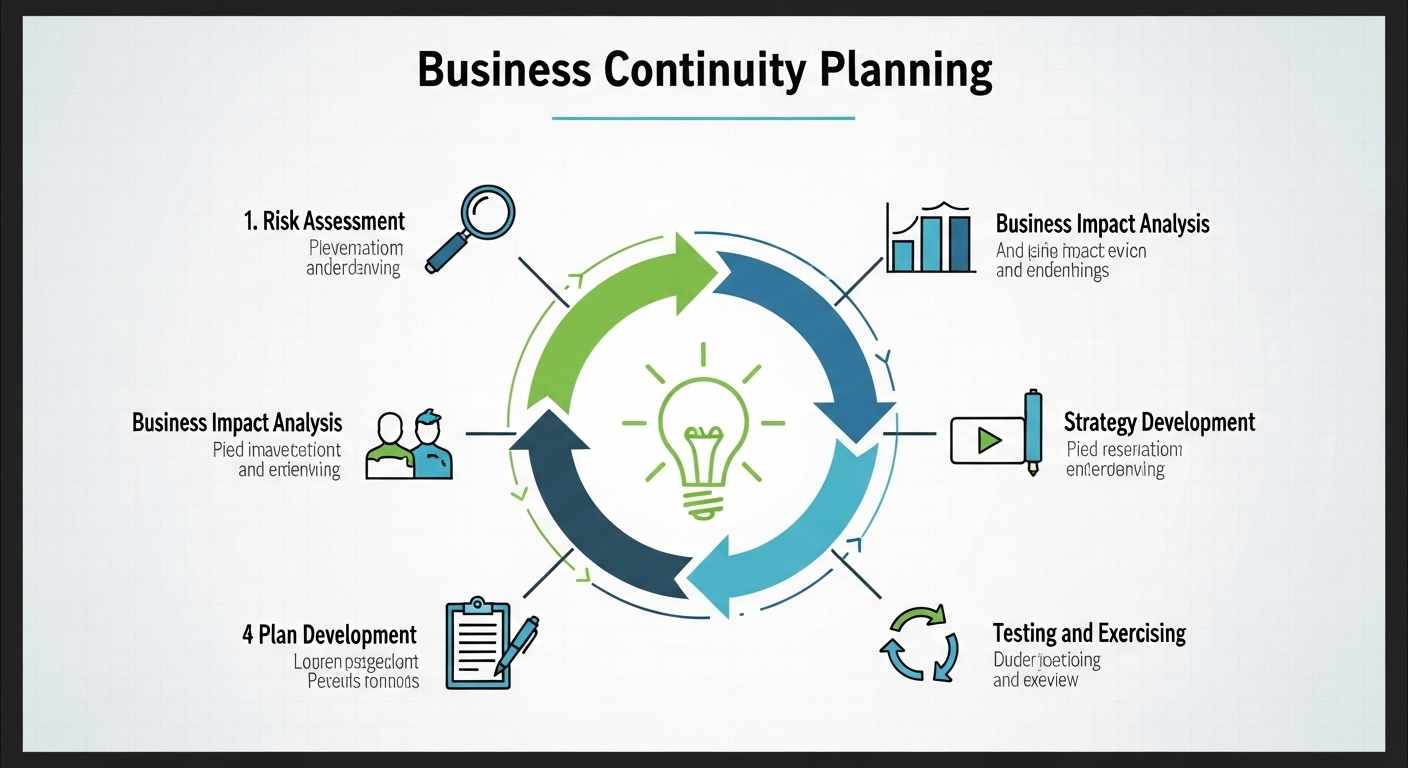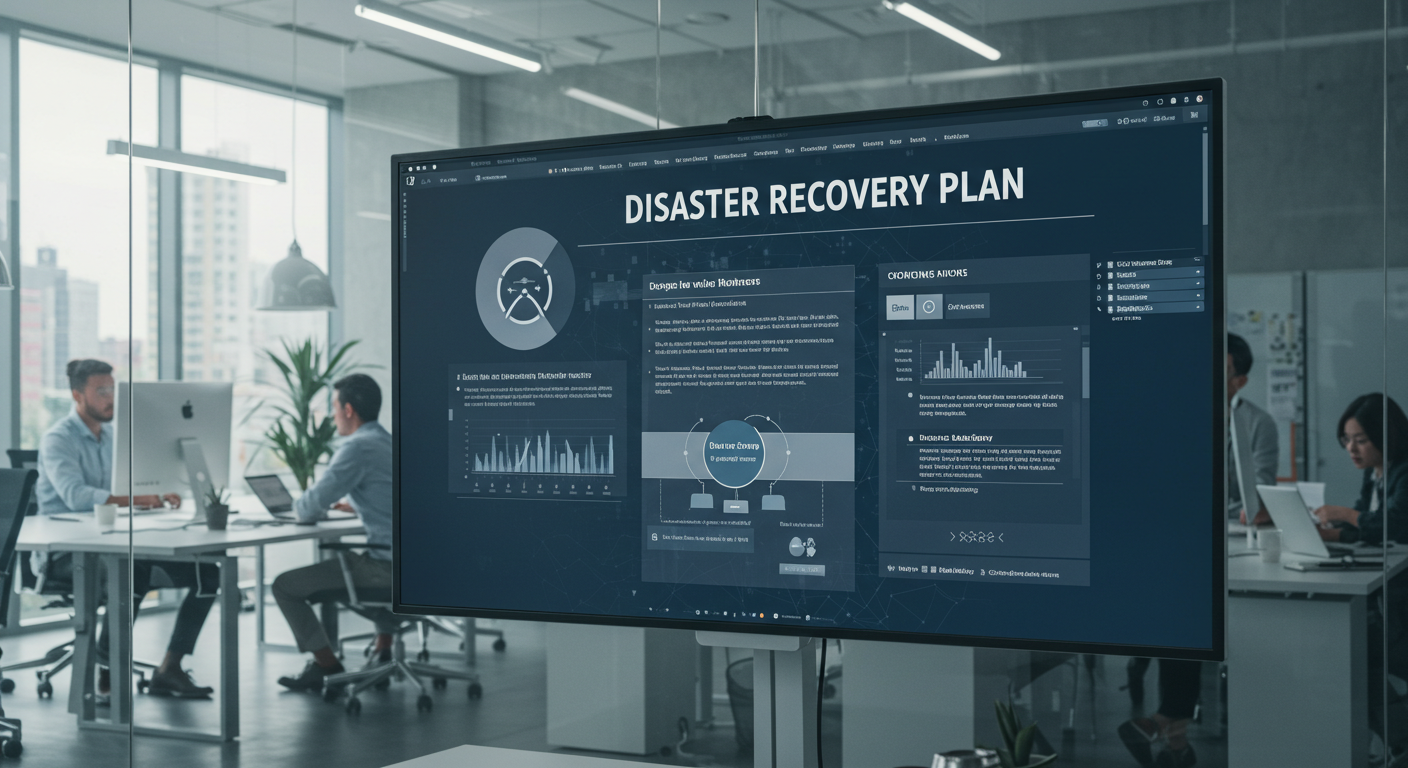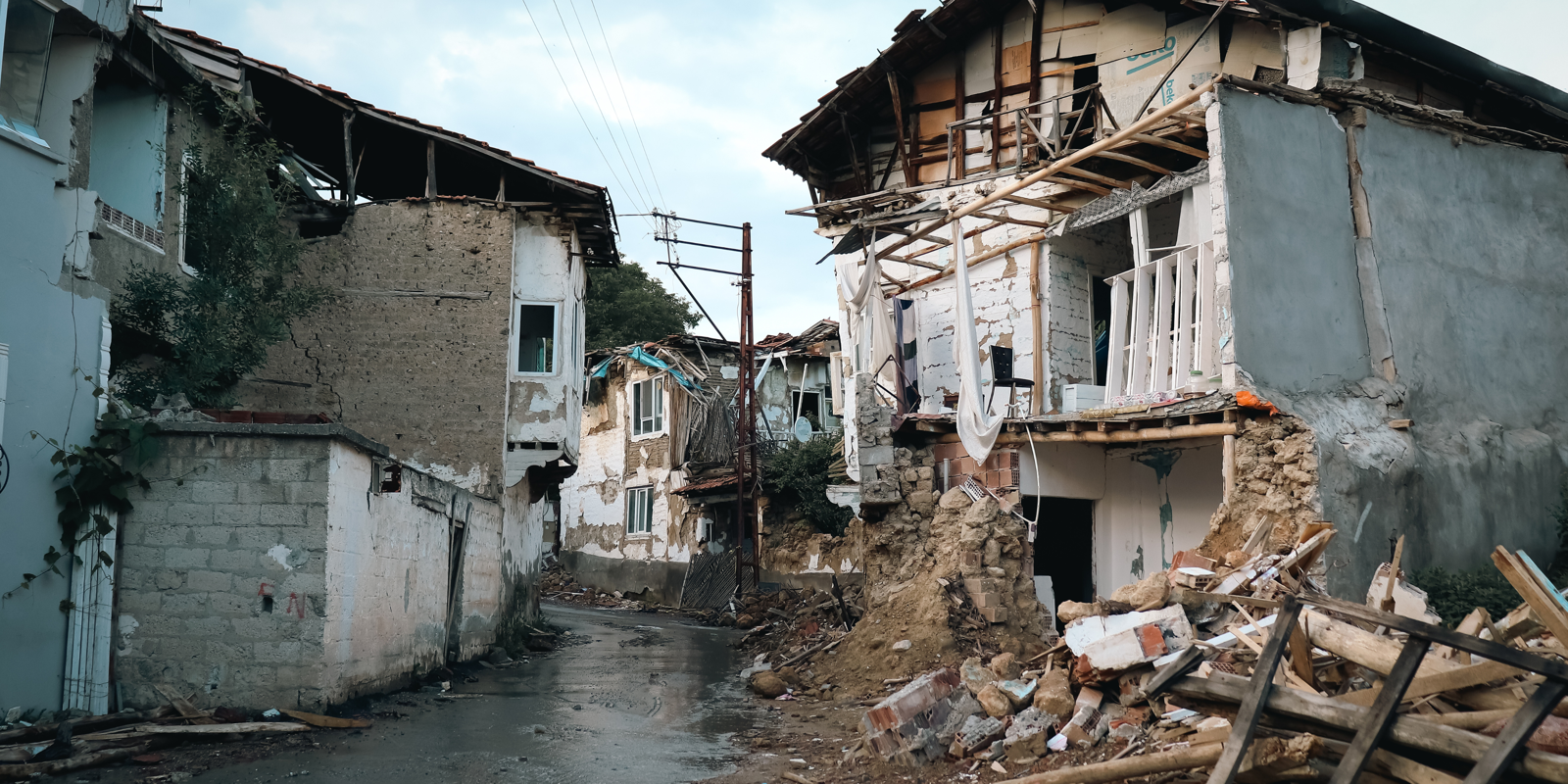
A strong business continuity plan allows your organization to respond with more control and confidence. This becomes useful when your team faces sudden disruption. If your business is not prepared then it can lead to customer dissatisfaction and longer recovery times. Your team can make faster decisions and reduce downtime when your strategy is clear and well built. However, a proper plan needs the right components from the beginning.
Here are five key elements that every business continuity plan should include.
1. Risk Assessment and Business Impact Analysis
A strong plan begins with a risk assessment. This process helps you identify all possible threats that can stop your operations. These threats may include fire or flood or IT system failure or supply chain disruption. A business impact analysis should come after the risks are identified. It shows how each risk may affect your operations and how long your business can manage without important functions.
You can work with a disaster recovery consultant who can help make your assessment more realistic and detailed. Their advice helps you understand the level of each threat and also helps you plan better.
2. Clear Communication Protocols
Things can become more difficult if there is confusion during a crisis. Your plan should have communication steps that explain how information will be shared inside your business and also with people outside. These steps should clearly explain who will send alerts and how employees will receive updates. They should also explain how vendors and customers will get the information they need.
You can work with an emergency management consultant who can help you design clear communication trees that match the structure of your business. This helps your team send messages that are fast and correct and also easy to understand.

3. Defined Roles and Responsibilities
Your team must know what to do during an emergency so your business can recover quickly. Your plan should assign clear roles to each person or department. It should explain what actions each person must take during any kind of disruption.
Training is also important and so is regular testing. Drills help your team practice their roles and they become more confident during real emergencies. After each drill you should review what happened and improve the plan based on what you learn.
4. IT and Data Recovery Procedures
Many businesses rely on their data which means your IT systems must be protected. Your plan should have a step-by-step guide for how to back up your data and how to restore it if it is lost. This guide should include how often you back up and where that data is stored.
You should also test your data recovery steps regularly so your business can restart quickly without losing important information. You can partner with a reliable team such as Business Contingency Group to create a plan that follows the best risk and recovery practices.
5. Post Incident Recovery and Review
Once the crisis ends your business must focus on recovery. This includes starting normal operations again and helping any team members who were affected. You should also study what happened and learn from it. A post incident review shows what worked and what needs to change.
Use your real experiences to update the plan so your team becomes stronger over time. You should also gather feedback from your team and others so your strategy continues to improve.
Final Thoughts
Business continuity planning is not a one-time task. It is a regular process that must grow along with your business and the risks around it. A strong plan helps your team respond with clarity and it protects your income and reputation. You can work with a disaster recovery consultant or emergency management consultant to create a plan that prepares your business for any challenge.
Start planning today so your business is ready for the future.










Write a comment ...